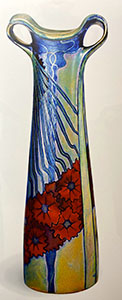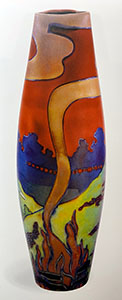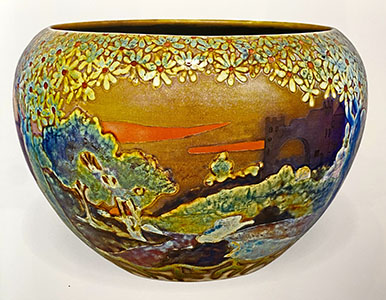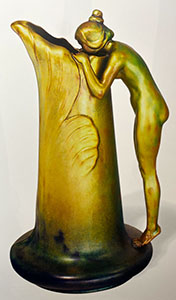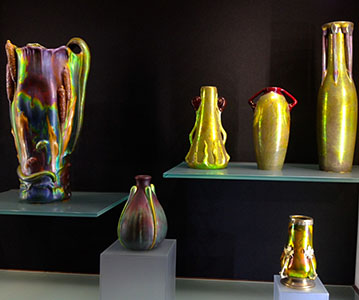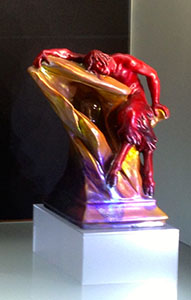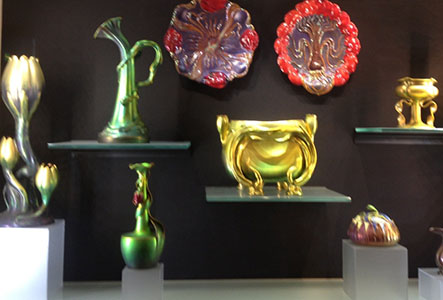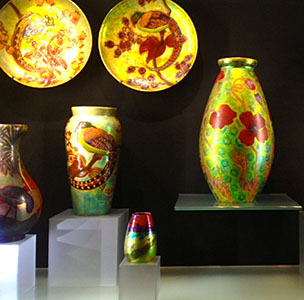
ZSOLNAY
ART POTTERY
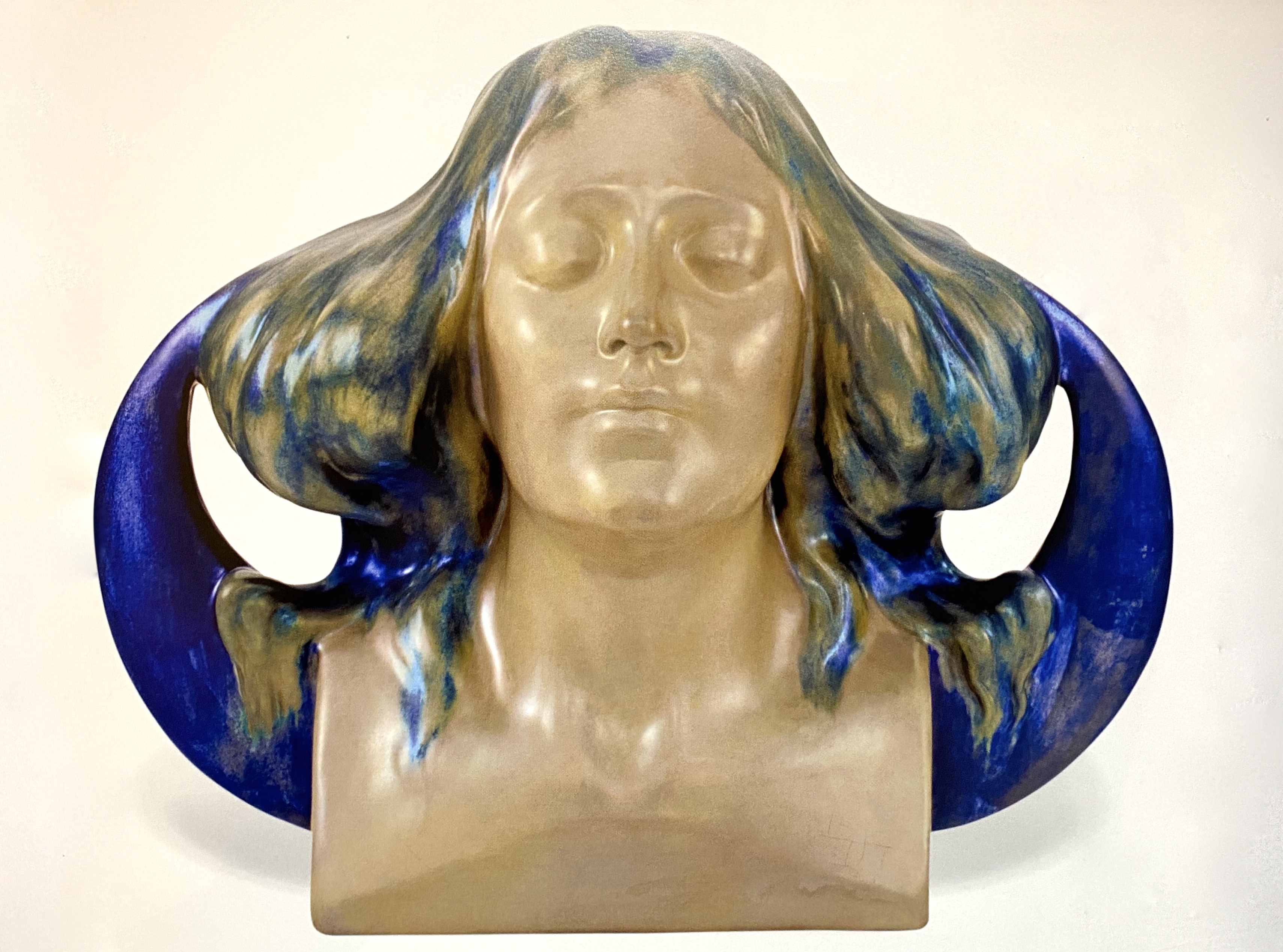
The Zsolnay factory was established by Miklos Zsolnay in 1853 in the city of Pécs, Hungary. This exhibition at the Forbes Gallery in New York featured 167 Art Nouveau pieces from the world’s largest collection of Zsolnay art pottery - 600 pieces of ceramics made between the 1870s and the 1920s. The selected works of the exhibition reflect mainstream Art Nouveau fashion that was sweeping Europe and the United States – long-haired nymphs, abstract glaze patterns, animal motifs, leaves and flowers. No ancient technique was too difficult for Zsolnay to render in modern ceramics.
In 1868, Zsolnay’s son, Vilmos, took over the factory and expanded it into producing architectural ceramics and thin-walled porcelain pieces. Glaze formulas were produced using rare ingredients such as molybdenum and vanadium. The distribution network in the early 1900s extended from Eastern Europe to the United States, as Zsolnay’s children and their spouses began working at the factory, along with designers and artisans from across Europe.
The artworks gained worldwide recognition at world fairs in Paris, Vienna and St. Louis, as well as international exhibitions in London, Brussels, St. Petersburg, Milan, Sidney, Chicago and other cities. Zsolnay designs were used as architectural decorations on buildings throughout Europe, the United States and Mexico.
The market for such dazzling creations did not survive the devastation of World War I. In 2010, the city of Pécs won a competition to become a Cultural Capital of the European Union, and the city’s government is now keeping the legacy alive. The restored Zsolnay Cultural Quarter functions as a historical site and cultural center where the entire collection is now on permanent view.
This exhibition at Forbes Gallery in New York was the last time these masterworks were seen in the United States
(selected artworks)
(selected photos from NYC exhibition)

